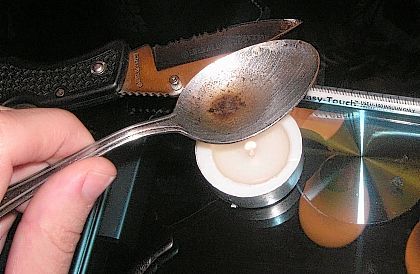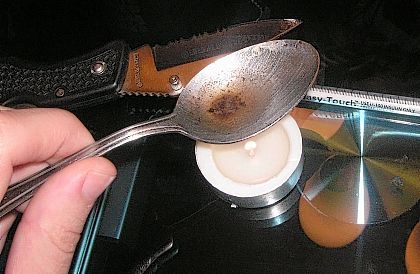

GREENVILLE — Ohio was among 14 states in the United States that showed a “statistically significant” increase in drug overdose deaths from 2013 to 2014, according to a report recently released by the Centers for Disease Control and Prevention.
The report also stated that more people died in the United States of drug overdoses in 2014 than in any previous year.
The drug death rate in Ohio increased by 18.3 percent from 2013 to 2014.
There were 2,347 drug deaths in Ohio in 2013, which is 20.8 per 100,000 population, adjusted for age.
There were 2,744 drug deaths in Ohio in 2014, or an age-adjusted rate of 24.6 per 100,000 population.
In the United States, drug overdose deaths totalled 47,055 in 2014. Of those, 28,647 deaths – or 61 percent – involved some kind of opioid drug.
Opioids include drugs such as morphine, oxycodone, hydrocodone, heroin, methadone, fentanyl and tramadol.
Since the year 2000, the age-adjusted rate of drug overdose deaths has more than doubled to 14.7 per 100,000 nationwide. The rate increased in one year by 6.5 percent, from 2013 to 2014.
In 2014, the five states with the highest (age-adjusted) rates of drug overdose deaths were West Virginia (35.5 deaths per 100,000), New Mexico (27.3), New Hampshire (26.2), Kentucky (24.7) and Ohio (24.6).
States with statistically significant increases in the rate of drug overdose deaths from 2013 to 2014 were Alabama, Georgia, Illinois, Indiana, Maine, Maryland, Massachusetts, Michigan, New Hampshire, New Mexico, North Dakota, Ohio, Pennsylvania and Virginia.
According to the National Institute on Drug Abuse, abuse of illicit drugs costs the nation about $193 billion annually in crime, lost work productivity and health care costs. The U.S. Department of Justice put that figure at closer to $215 billion.
The NIDA’s National Survey on Drug Use and Health reported that in 2014, 57.9 percent of people age 18 to 25 had used illicit drugs in their lifetime, and 36.1 percent had used illicit drugs in the past year; 22 percent of that age group had used during the previous month.
The impact on crime is undeniable.
The FBI reported an estimate of nearly 8.3 million property crimes, such as theft and burglary, in the United States, and the latest figure by the Bureau of Justice Statistics estimates that as much as many as 30 percent of incarcerated criminals for property crimes stated they committed their crime to get money for drugs.
The real number is widely believed to be much higher.
At a conference hosted by the Ohio Bar Association this year, one county prosecutor stated that, thanks to Ohio’s current heroin epidemic, he was surprised whenever a case came before him that did not involve drugs in some way.
The Ohio Department of Rehabilitation and Correction 2013 data reports that nearly 92 percent of Ohio prison inmates had a history of drug abuse.





